We discuss the following topics in this blog:
- How Unique is STL’s Optical Fibre Cable Solutions Plant at Silvassa?
- How Does a Day Look in the Life of STLer Women?
In addition to these topics, we shall also be answering the following FAQs:
- What is WiFi?
- What is an Optical Fibre Cable?
Contents
How Unique is STL’s Optical Fibre Cable Solutions Plant at Silvassa?
It’s a regular day at the colouring unit of STL’s optical fibre cable solutions plant at Silvassa. A group of
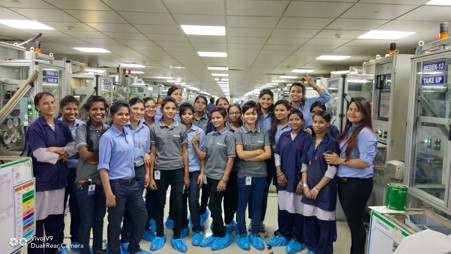
STL – Sterlite Technology Limited, a global data network solutions company, has always been an equal opportunity employer. The new feat is that now its colouring department, with 103 women, is a 100% all-women team. This is a progressive change in the world of Indian manufacturing.
How Does a Day Look in the Life of STLer Women?
A regionally diverse team (with representatives from Arunachal Pradesh, West Bengal, Orissa, Chattisgarh, Jharkhand, Maharashtra, UP, MP and Punjab) take a tea-break and share their experience of what it is to work in STL’s manufacturing operations:
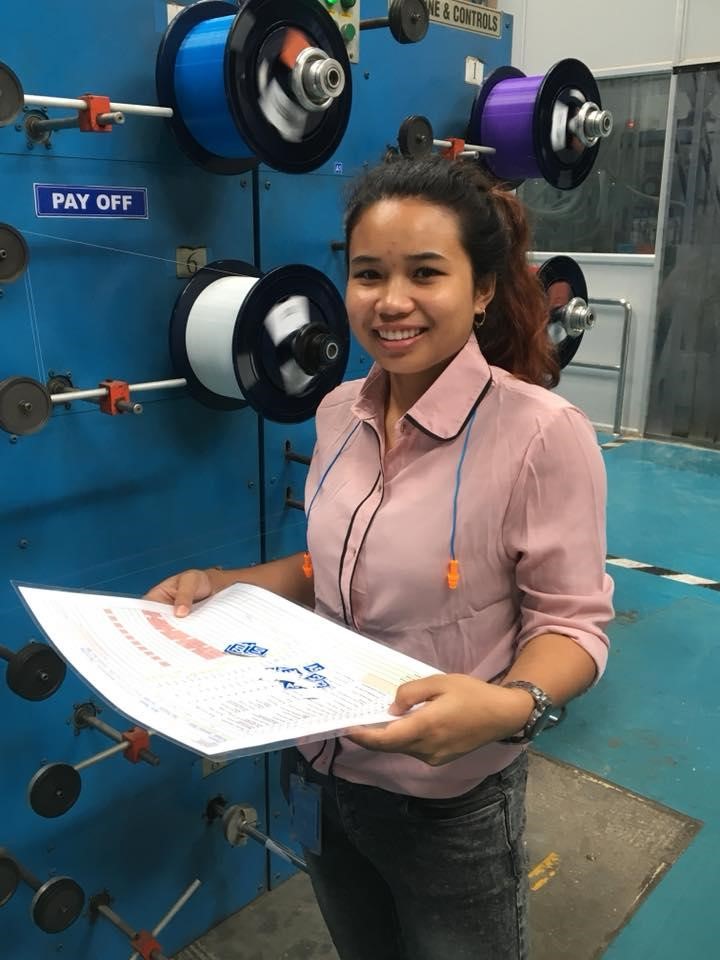
‘I decided to join Sterlite Technologies Limited – STL when I heard them converting one of their sections to all-women managed section. That itself gave me the confidence to come all the way to Silvassa from Arunachal Pradesh and start my career in a company which believes in women empowerment and their abilities to drive results.’
Chitralekha Gogoi, Associate – Manufacturing
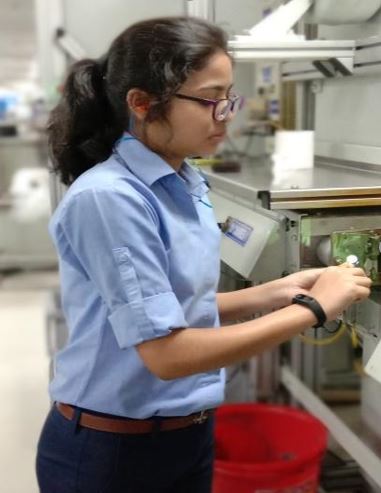
‘STL is like an extended family for most of us coming from far away places.’
Khushboo Kumari, Associate – Manufacturing
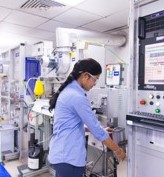
‘After having worked in Gurgaon, I had to leave the job due to safety concerns. But when I got to know of the facilities provided to women employees at STL – Sterlite Technologies Limited Silvassa, I thought of giving it a try and am glad that I’m a part of this organisation. From my pick up to my drop, everything is very well taken care of which also gives my parents the confidence to leave me here.’
Sushmita Rout, Associate – Manufacturing
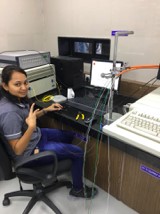
‘I love being a part of this organisation as we just don’t work here but also have a lot of fun.’
Dipali Patil, Associate – Quality
These women not only financially support their families, but because of an opportunity provided at such a young age, are all set to become women with strong vision and a sense of self. More power to them!
FAQs
What is WiFi?
Put simply, WiFi is a technology that uses radio waves to create a wireless network through which devices like mobile phones, computers, printers, etc., connect to the internet. A wireless router is needed to establish a WiFi hotspot that people in its vicinity may use to access internet services. You’re sure to have encountered such a WiFi hotspot in houses, offices, restaurants, etc.
To get a little more technical, WiFi works by enabling a Wireless Local Area Network or WLAN that allows devices connected to it to exchange signals with the internet via a router. The frequencies of these signals are either 2.4 GHz or 5 GHz bandwidths. These frequencies are much higher than those transmitted to or by radios, mobile phones, and televisions since WiFi signals need to carry significantly higher amounts of data. The networking standards are variants of 802.11, of which there are several (802.11a, 802.11b, 801.11g, etc.).
What is an Optical Fibre Cable?
An optical fibre cable is a cable type that has a few to hundreds of optical fibres bundled together within a protective plastic coating. They help carry digital data in the form of light pulses across large distances at faster speeds. For this, they need to be installed or deployed either underground or aerially. Standalone fibres cannot be buried or hanged so fibres are bunched together as cables for the transmission of data.
This is done to protect the fibre from stress, moisture, temperature changes and other externalities. There are three main components of a optical fibre cable, core (It carries the light and is made of pure silicon dioxide (SiO2) with dopants such as germania, phosphorous pentoxide, or alumina to raise the refractive index; Typical glass cores range from as small as 3.7um up to 200um), Cladding (Cladding surrounds the core and has a lower refractive index than the core, it is also made from the same material as the core; 1% refractive index difference is maintained between the core and cladding; Two commonly used diameters are 125µm and 140µm) and Coating (Protective layer that absorbs shocks, physical damage and moisture; The outside diameter of the coating is typically either 250µm or 500µm; Commonly used material for coatings are acrylate,Silicone, carbon, and polyimide).
An optical fibre cable is made up of the following components: Optical fibres – ranging from one to many. Buffer tubes (with different settings), for protection and cushioning of the fibre. Water protection in the tubes – wet or dry. A central strength member (CSM) is the backbone of all cables. Armoured tapes for stranding to bunch the buffer tubes and strength members together. Sheathing or final covering to provide further protection.
The five main reasons that make this technology innovation disruptive are fast communication speed, infinite bandwidth & capacity, low interference, high tensile strength and secure communication. The major usescases of optical fibre cables include intenet connectivity, computer networking, surgery & dentistry, automotive industry, telephony, lighting & decorations, mechanical inspections, cable television, military applications and space.















